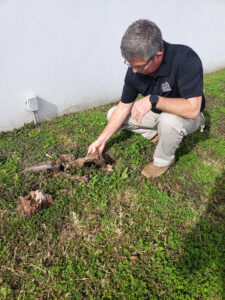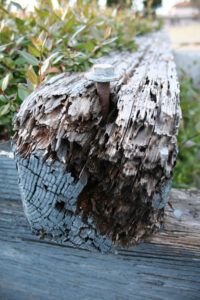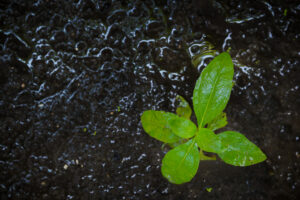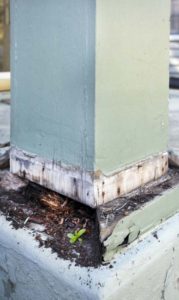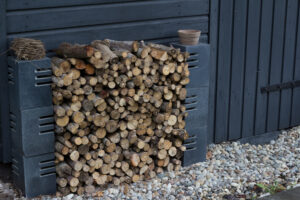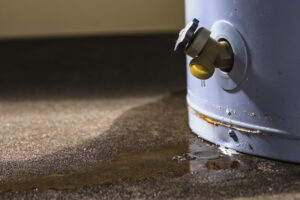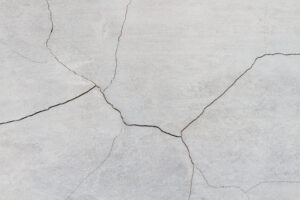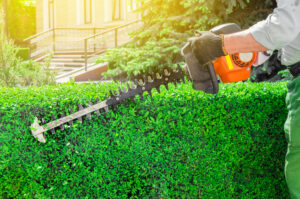How To Prevent Termites From Entering Your Home
Often unseen and unknown until it is too late, termites are a common pest to the majority of the U.S. Highly evident in areas with dry and humid weather, Texas has a prominent population of termites wreaking havoc on properties each year. As the temperatures begin to warm, the presence of termites will begin to rise as their search for food begins. Extremely destructive, the first step to protecting your home from costly damages is through termite prevention.
Luckily, there are some preventive measures that can be taken to keep termites from accessing and infesting your home or property in the warmer seasons:
- Receive regular or annual termite inspections from a qualified pest control expert.
- Use preventative termite treatments, such as a monitoring or bait system, to alert you about active termites in your vicinity.
- Collaborate with a pest control professional to address any concerning conditions that may attract termites to your area, such as leaky plumbing or excessive moisture in the house.
Additionally, if the type of termite is known, further actions can be taken to prevent termite damage from occurring on your property.
How to Prevent a Dampwood Termite Infestation?
Remove Access Points
-
- Do not bring infested mulch or damp wood inside or near your property.
- Termite swarmers are highly attracted to porch lights and lit areas around a home. Make sure to turn off all unnecessary lights when possible to prevent increased attraction to the property.
- Infestations in properties or houses often occur when the ground is in constant contact with damp wood. Try to prevent any wood-to-ground contact near your property’s vicinity.
Reduce Their Food Sources
-
- Dampwood termites are commonly found infesting decaying and damp wood, including stumps, logs, and dead trees. Check and remove all wood that is suspected to be tainted from your property.
- Examine the inside of your property for any rotting or damp wood. Proceed to dispose of the wood in a safe manner.
- Remove any cellulose-based structures exposed to moist soil and high humidity.
- Make sure any wooden siding is at least six inches above the ground.
Reduce Excessive Moisture
-
- Eliminate any sources of moisture by draining and diverting water away from the home or property.
- Repair or replace any leaking faucets, AC units, water pipes, leaking plumbing, faulty gutters, or any source of dripping. Dampwood termites are drawn to areas with high moisture and areas that pool with water.
- Reduce moisture and humidity indoors, in basements, and in crawlspace areas by properly ventilating the area.
How to Prevent Subterranean Termite Infestations?
Remove Access Points
-
- Treat wood around your property with termiticide to reduce the wood’s attractiveness to subterranean termites.
- Reduce wood-to-ground contact around your property, as this is the most common way to reach the indoors.
- Seal gaps, cracks, and other openings around a property’s foundation to prevent mud tubes that reach wooden structures.
- Ensure that gas and water lines are sealed to eliminate further entry points.
Reduce Their Food Sources
-
- Discard cellulose-based materials from around or within your property.
- Use cellulose-free mulch for landscaping or remove cellulose mulch from near the property.
- Do not store, bury, or stack wood debris near your property.
- Remove wooden trellises, stucco, foam boards, or sidings to at least 6 inches above the ground.
Reduce Excessive Moisture
-
- Make sure the foundation does not have any excess water pooling near it.
- Ventilate crawl spaces and attics in order to reduce humidity and moisture.
- Repair or replace any leaking faucets, AC units, water pipes, leaking plumbing, faulty gutters, or any source of dripping.
How to Prevent Drywood Termite Infestations?
Remove Access Points
-
- Make sure all crevices, joints, and cracks are sealed to prevent drywood termites from entering from the exterior wood.
- Apply a fresh coat of paint to wood to seal crevices.
- Install bug screens over foundation vents and attics to prevent termites from entering the home.
Reduce Their Food Sources
-
- Trim all bushes, shrubs, and other dense greenery from touching the side of your home or property.
- Remove all loose wood from the perimeter of your structure, including tree stumps and lumber.
Monitor Termite Activity
If your property or home has accessible lumber or wood, it is critical that a monitoring system be installed to help check and detect inside or adjacent areas for termites. Finding and eliminating pests before they become a problem is key. Implementing a monitoring treatment on a property is the greatest precautionary measure that can be taken to prevent termite damage.
Whether you have Dampwood, Subterranean, or Drywood termites in your area, being aware of access points and food sources is crucial. Staying proactive and diligent with prevention treatments is the best way to prevent termites from detrimentally damaging your property. From reducing moisture to removing infested wood, do what you can yourself to keep your property safe.
If you want to stay proactive and keep your property safe from termites, contact The Bug Master now to start your termite prevention today!

